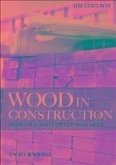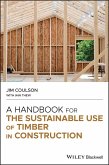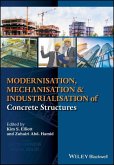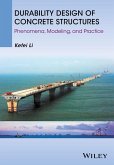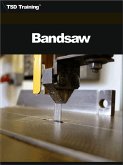WOOD DETERIORATION, PROTECTION AND MAINTENANCE Wood has low embodied energy, is a renewable resource and can perform extremely well in a range of construction applications, so it is not surprising that there is growing interest in the use of wood in new buildings. As a natural material, wood can be subject to degradation by a range of environmental factors, insects, bacteria or fungi. Advances in the understanding of the degradation processes caused by these factors, as well as increased knowledge about boundary environmental conditions and the extractives that suppress the development of timber pests, have led to new methods of structural, physical and chemical protection of wood and wooden composites. The result is that wood can deliver high-performance, long-life buildings and structures with low environmental impact at relatively modest cost. Wood Deterioration, Protection and Maintenance provides an up-to-date discussion of the natural durability of wood, wood degradation processes, and methods of structural, physical and chemical protection of wood. The important information relating to wood degradation by abiotic and biotic agents in the context of the basic structure of wood is fully discussed, showing how structural changes in damaged wood relate to physical and mechanical properties. Modern active substances in wood protection and the relationships between preservative properties, the anatomical structure and moisture content of wood, and protective processes involving pressure and/or diffusion driving forces are fully illustrated. Mentioned also are principles of wood maintenance, together with modes of damaged wood identification, sterilization and reconstruction. OTHER BOOKS OF INTEREST Wood Modification: Chemical, Thermal and Other Processes Callum A. S. Hill Hardback ISBN 9780470021729 January 2006, Wiley Wood in Construction: How to Avoid Costly Mistakes Jim Coulson Paperback ISBN 9780470657775 March 2012, Wiley Blackwell Structural Timber Design to Eurocode 5, 2nd Edition Jack Porteous, Abdy Kermani Paperback ISBN 9780470675007 May 2013, Wiley Blackwell
Dieser Download kann aus rechtlichen Gründen nur mit Rechnungsadresse in D ausgeliefert werden.




